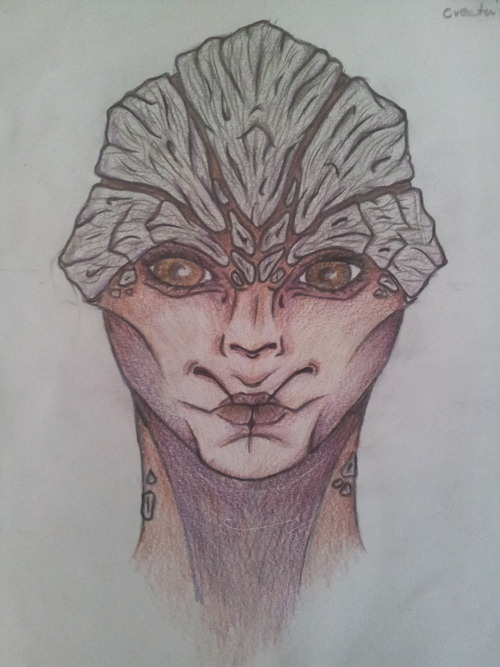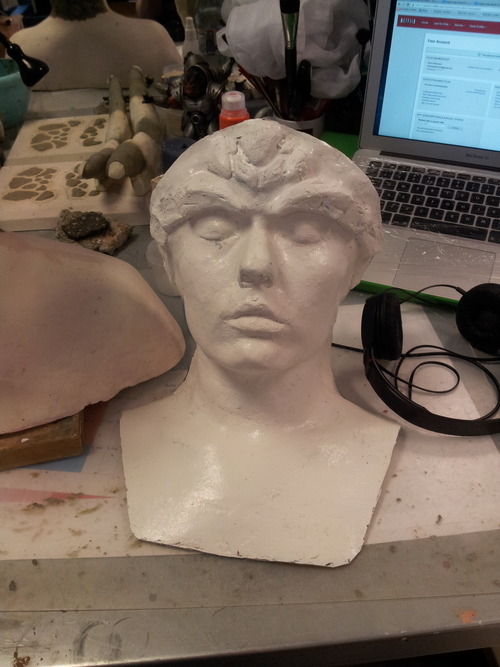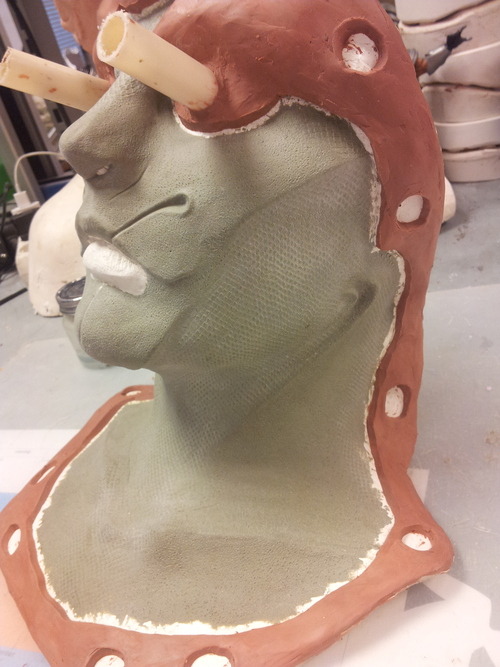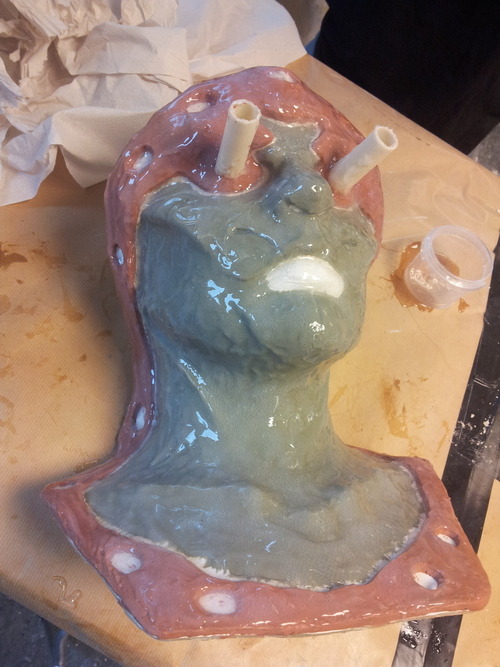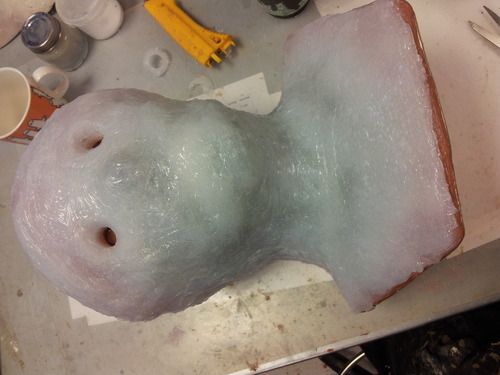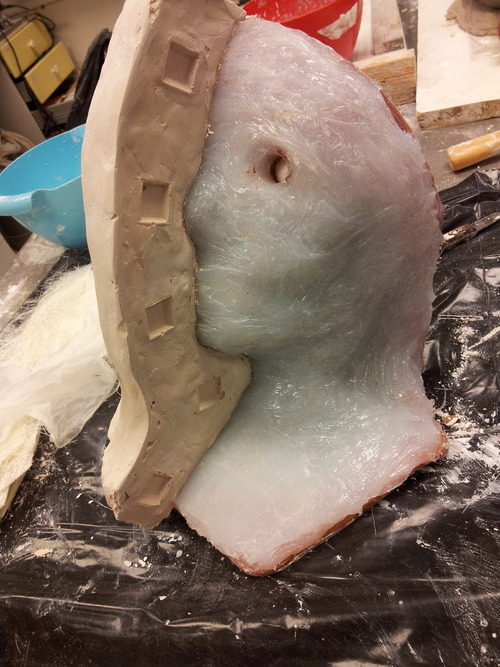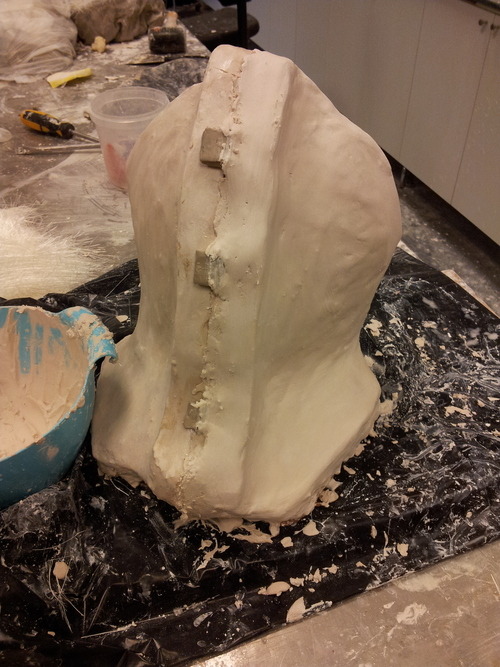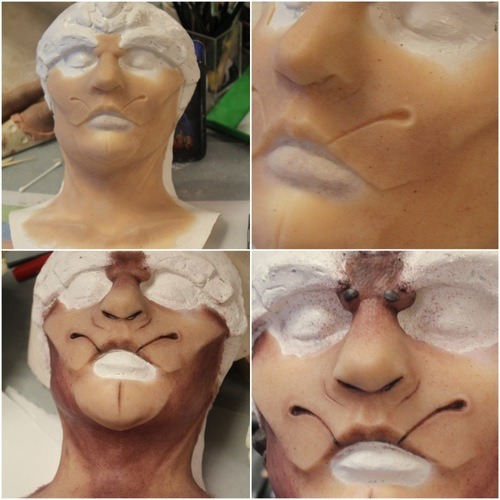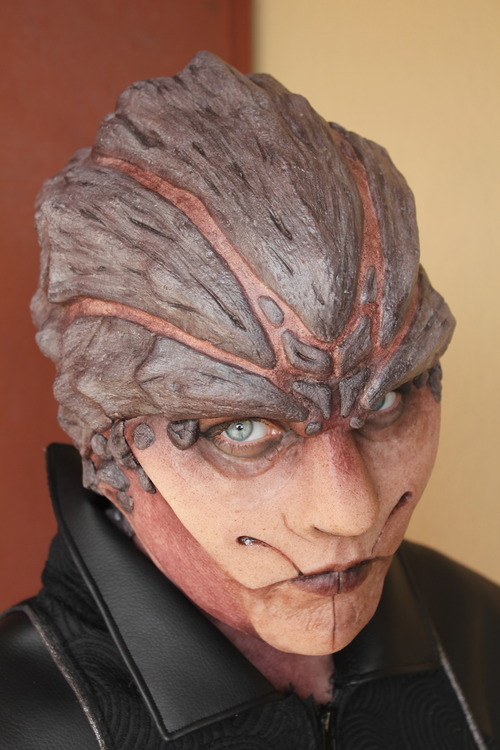I'm doing a GIVE AWAY for one of these Inquisition buttons on my facebook page, from May 1st to 9th. Anyone can enter! Join the Inquisition!
Fist you are going to need some buttons. I use leftover ones from work. Then gather your worbla scraps and start shaping it into the patters you want. Because of all the Dragon Age Inquisition updates from Bioware lately, I've opted for some Inquisition logo styles. If the worbla won't stick to the button once it's cooled down, just glue it down with some contact glue.
When you have your base done, it's just to prime with woodglue. Some people prefer to use gesso, but for something quick like this I just add three layser of woodglue. After that it all dry it's just to pick you colors and paint! I use normal acrylic paints. And for a more beaten up look I like to weather my pieces. Here I simple paint on some black in the noocks and cranies and whipe it off with a paper towel. Leaving some paint for a dirt like effects. You can ofc go over with more brown tones for a rusty look.
You could just clearcoat them now and be happy, but I'm going about this is typical Dragon Age style. Blood, blood and more blood! >D I like to use Skin Illustrator alcoholic paints in blood tones for this, but normal acrylic paints should do the trick.
Then just a coat of clear lacker and you done! Neat little geek accessories for you and your friends! And an easy way to get allies for the Inquisition ;)
Hope you like them!
- Karin Olava
- Karin Olava





